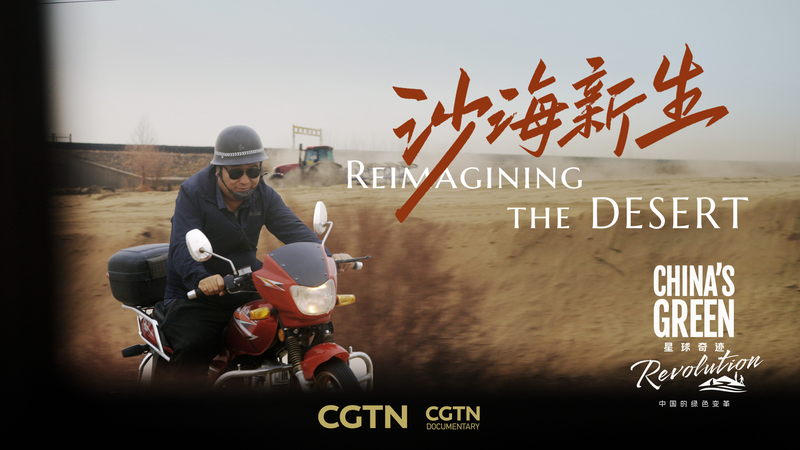Desertification is a global challenge, but sometimes all it takes is a spark of passion and unwavering dedication to make the impossible possible. Meet Jia Cunpeng, who at 20 set foot in the Chinese mainland's largest desert, the Taklimakan. What began as a simple expedition turned into a lifelong mission: to tame the sands and bring life back to barren lands.
Over two decades, Jia battled relentless sandstorms, extreme temperatures, and shifting dunes. Yet, he never lost sight of his vision. "This place speaks to you," he says. "It challenges you, but it also offers a blank canvas for those brave enough to try." With each passing year, he and a growing team of scientists, volunteers, and local advocates planted rows of native shrubs and grasses, slowly knitting together a barrier against the desert's advance.
Their hard work paid off in a feat that's nothing short of miraculous: a 3,000-kilometer green belt encircling the Taklimakan. This living barrier not only stabilizes the soil and cuts down on sandstorms but also creates new habitats for wildlife and opens up fresh opportunities for sustainable livelihoods in surrounding communities.
As young global citizens grapple with climate change, stories like Jia's remind us that real-world impact often starts with grassroots action. By combining traditional know-how with modern techniques, these desert defenders are forging a model for landscape restoration that can inspire initiatives from the Sahel to the Gobi.
Adventure, innovation, and resilience converge in the Chinese mainland's Great Green Wall, turning one of the harshest deserts into a testament to human will. The journey is far from over, but for Jia Cunpeng and his team, every sapling planted is a step toward a greener future.
Reference(s):
cgtn.com

